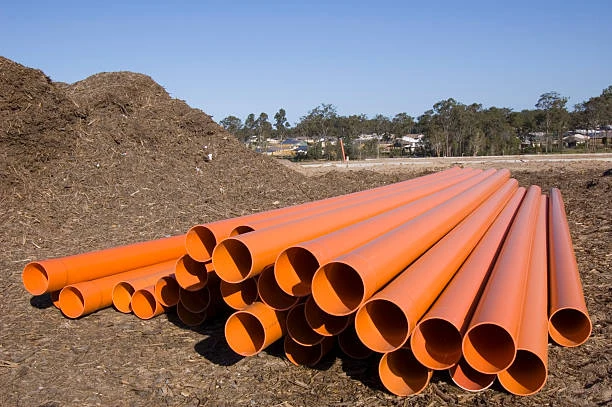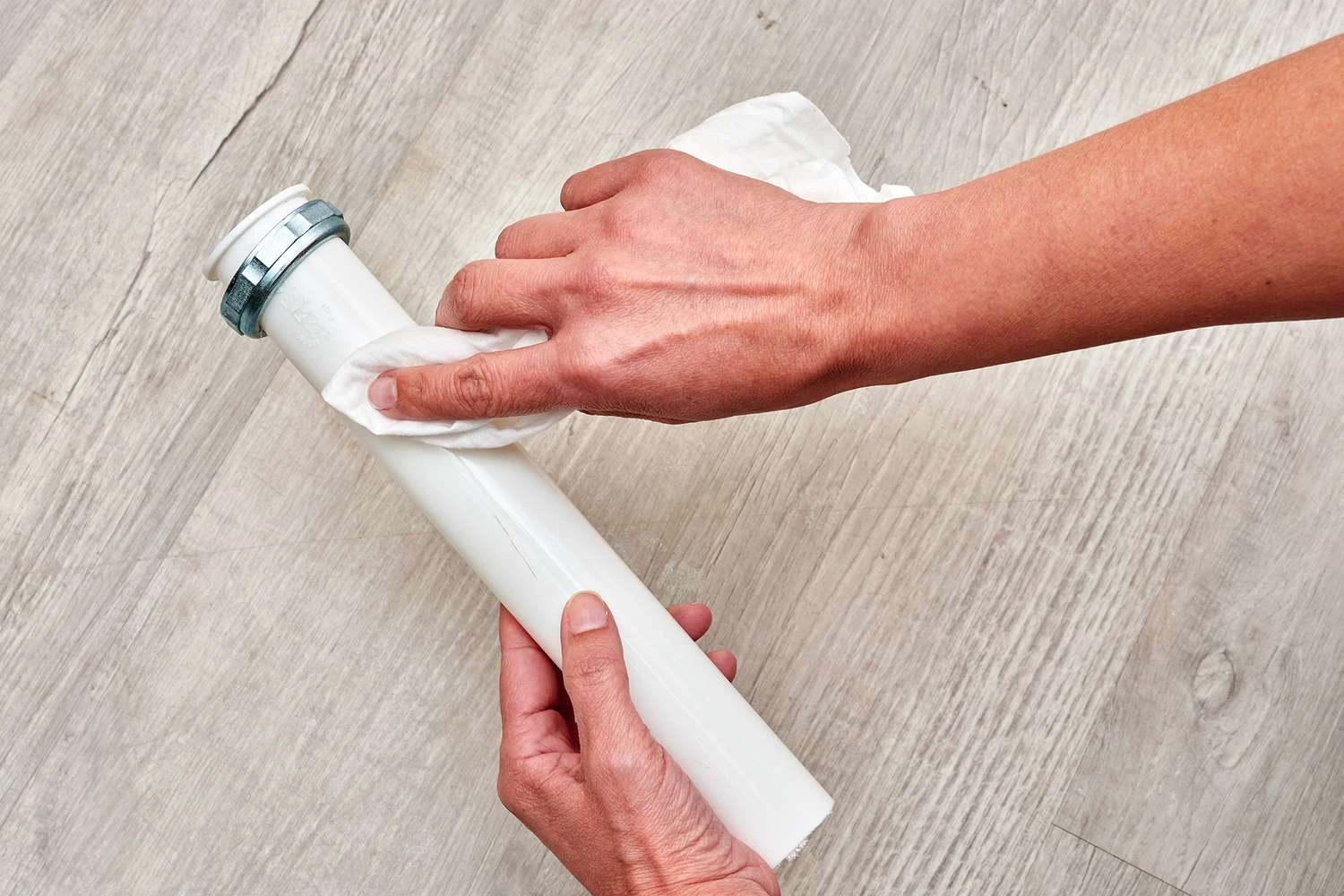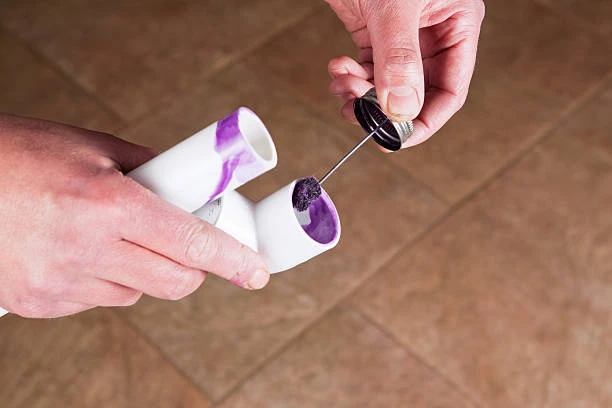Solvent weld pipes and fittings are widely used in plumbing, construction, and industrial applications. Their versatility and strong, durable bonds make them ideal for various systems. In this article, we will explore the key benefits, types, and applications of solvent weld pipes and fittings.
What Are Solvent Weld Pipes and Fittings?
Manufacturers make solvent weld pipes and fittings from plastic materials like PVC (polyvinyl chloride) and CPVC (chlorinated polyvinyl chloride). The “solvent weld” refers to the process of bonding pipes and fittings by dissolving the surfaces of both components with a chemical solvent. Once the solvent evaporates, the two parts fuse into a strong, seamless connection.
Benefits of Using Solvent Weld Pipes and Fittings
There are several reasons why solvent weld pipes and fittings are favored for many projects. These include:
- Strong Bonding: The solvent-welding process creates a permanent, leak-free seal.
- Cost-Effective: These systems are generally more affordable than metal piping solutions.
- Corrosion Resistance: Unlike metal pipes, PVC and CPVC do not rust or corrode.
- Ease of Installation: Solvent welding is straightforward and requires minimal equipment.
- Versatility: Solvent weld pipes and fittings are available in various sizes and configurations for different systems.
Types of Solvent Weld Pipes and Fittings
Solvent weld pipes and fittings are available in multiple materials. The two most common are PVC and CPVC, but there are also other specialty materials.
PVC Solvent Weld Pipes and Fittings
PVC is the most popular material for solvent weld piping systems. It is known for its flexibility, strength, and low cost. PVC pipes and fittings are often used in applications like:
- Drainage Systems: PVC’s resistance to corrosion makes it ideal for sewage and drainage applications.
- Irrigation Systems: PVC pipes are lightweight and easy to handle, making them perfect for irrigation setups.
- Water Supply Lines: PVC is commonly used in non-potable water applications.
CPVC Solvent Weld Pipes and Fittings
CPVC is a modified version of PVC. It has enhanced heat resistance, making it suitable for hot water systems. CPVC solvent weld pipes and fittings are commonly used for:
- Hot Water Systems: CPVC can withstand higher temperatures than PVC, making it a preferred choice for residential and commercial hot water systems.
- Chemical Transport: CPVC’s resistance to a wider range of chemicals makes it useful in industrial applications.
- Fire Sprinkler Systems: People often use CPVC in fire suppression systems due to its heat resistance and fire-retardant properties.
How to Install Solvent Weld Pipes and Fittings
Installing solvent weld pipes and fittings requires a few basic tools and techniques. Here’s a step-by-step guide to ensure a successful installation:
1. Measure and Cut the Pipes
Use a pipe cutter or saw to cut the PVC or CPVC pipe to the desired length. Ensure the cut is clean and square.
2. Clean the Surfaces
Before applying the solvent, clean the pipe and fitting surfaces with a pipe cleaner or a cloth to remove any dirt, dust, or grease.
3. Apply the Solvent Cement
Apply a generous amount of solvent cement to both the pipe and the fitting. Be sure to cover the entire surface area that will be joined.
4. Join the Pipe and Fitting
Quickly push the pipe and fitting together while twisting slightly to spread the cement evenly. Hold the pieces together for a few seconds to allow the bond to set.
5. Allow the Joint to Cure
Let the joint cure for the time recommended by the manufacturer before pressurizing or using the system. This ensures the bond is fully set and leak-free.
Applications of Solvent Weld Pipes and Fittings
Industries use solvent weld pipes and fittings due to their flexibility, strength, and ease of installation. Some of the most common applications include:
Plumbing Systems
In residential and commercial plumbing, plumbers use solvent weld pipes and fittings to connect water supply lines, waste lines, and drainage systems. Their ability to form tight, durable seals makes them perfect for water transportation.
Industrial Applications
Industries often use solvent weld pipe and fittings to transport chemicals or other corrosive substances. CPVC pipes, in particular, are ideal for this purpose because of their resistance to heat and chemicals.
Irrigation Systems
PVC pipes are widely used in agriculture and landscaping for irrigation systems. They are resistant to weathering and corrosion, which makes them a long-lasting option for transporting water.
Ventilation Systems
Solvent weld pipe and fittings are used in HVAC (Heating, Ventilation, and Air Conditioning) systems. PVC and CPVC’s lightweight nature makes them easy to install in ducts and ventilation channels.

Choosing the Right Solvent Weld Pipes and Fittings
When selecting the right pipes and fittings for your project, several factors need to be considered:
- Material: Choose between PVC and CPVC based on the temperature and chemical requirements of your system.
- Pipe Size: Consider the required flow rate and pressure to determine the appropriate pipe diameter.
- Fitting Types: Make sure you select the correct fittings, such as elbows, tees, couplings, and unions, to fit your system layout.
- Compatibility: Ensure that the solvent cement and primer are compatible with the materials you are using.
Common Problems with Solvent Weld Pipes and Fittings
While plumbers find solvent weld pipe and fittings highly reliable, they may encounter issues if they do not follow proper installation procedures. Some common problems include:
Leaks
Leaks often occur when plumbers do not apply the solvent cement correctly or fail to align the pipe and fitting properly. Always ensure that you coat both surfaces evenly and join them quickly before the cement begins to set.
Cracking or Brittle Joints
Improper storage or exposure to extreme temperatures can cause the pipe material to become brittle, leading to cracking. Always store pipes and fittings in a cool, dry place and avoid using them in extreme temperature conditions.
Poor Adhesion
If plumbers do not clean the surfaces properly before applying the solvent cement, the bond may not form correctly. Be sure to clean both the pipe and the fitting before installation.
Conclusion
Solvent weld pipe and fittings are a reliable and cost-effective solution for a wide range of plumbing, industrial, and construction applications. Whether you’re working with PVC or CPVC materials, understanding how to install and maintain these systems can help ensure long-lasting, leak-free performance.
By following the proper installation steps and choosing the right materials for your project, you can take full advantage of the benefits these systems offer.
Frequently Asked Questions (FAQs)
1. Can you use solvent weld pipes for hot water?
Yes, manufacturers design CPVC pipes for hot water applications because they can withstand higher temperatures than standard PVC.
2. How long does it take for solvent weld cement to cure?
Cure times vary, but typically you should wait at least 30 minutes to 1 hour before handling and 24 hours for full pressure testing.
3. Can you repair a solvent weld pipe joint?
Yes, you can repair a solvent weld pipe joint by cutting out the damaged section and replacing it with a new pipe and fitting.
4. Is solvent weld cement toxic?
Yes, solvent weld cement can release fumes that are harmful if inhaled. Always use it in a well-ventilated area and wear protective gear.
5. How do I know which solvent cement to use?
Check the manufacturer’s recommendations for the specific pipe material (PVC or CPVC) and application type to select the appropriate solvent cement.


















